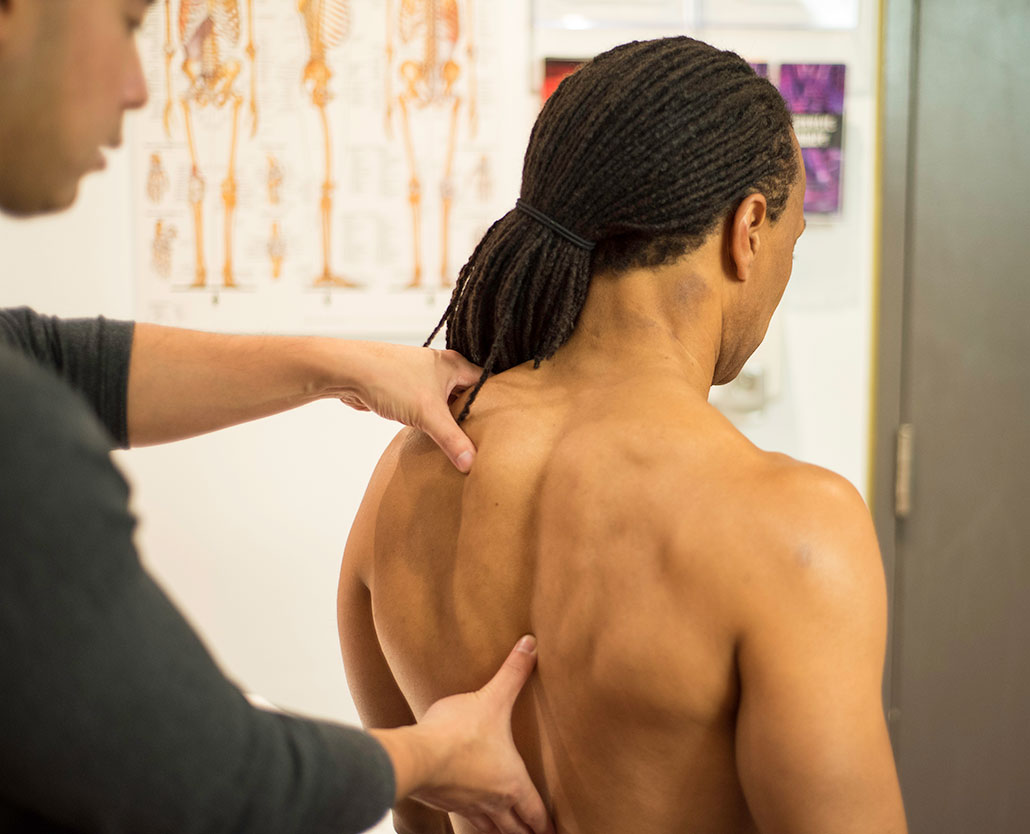Manual Therapy
Manual therapy is a technique physiotherapists use to apply pressure on the muscle or joint to release tension in order to relieve pain and improve the joint range of motion.
What is Manual Therapy?
At Rebuild Physiotherapy, we don’t just treat symptoms; we get to the root cause of your injuries. Our manual therapy technique involves hands-on manipulation and mobilization of muscles, joints, and soft tissues.
By applying targeted pressure and movement, we aim to restore function, relieve pain, and expedite your journey towards optimal health.
What is a Manual Therapy Treatment like?
1. Joint mobilization
A form of therapy targeted at treating joints. Physiotherapists apply either a sustain pressure or a gentle rhythmic oscillation to the joint in order to improve joint range of motion and relieve pain.
2. Joint manipulation
Joint manipulation involves a high velocity low amplitude force to a specific joint. Research has shown that when joint manipulation is performed with exercise the combination can be very effective when treating musculoskeletal injuries.
3. Massage
Massage techniques, such as trigger point release, deep tissue massage or active release technique can be applied on muscles, tendons, and ligament to improve the elasticity, improve mobility and reduce pain. Massage techniques can be used to break down scar tissue which will enhance circulation to injured tissues to promote healing.

What conditions can be treated with
manual therapy?
- Neck pain (muscle spasm, disc herniation)
- Lower back pain (disc herniation, facet joint restriction, spinal stenosis)
- Thoracic spine pain (disc herniation, rib restriction)
- Migraines/headaches
- Fibromyalgia
- Temporal mandibular joint (TMJ) dysfunction
- Shoulder pain (impingement syndrome, frozen shoulder, rotator cuff injury)
- Hip pain (hip bursitis, post-surgical hip replacement, myofascial hip pain, hip impingement)
- Knee pain (iliotibial band syndrome, patellofemoral dysfunction, post-surgical knee replacement)
- Ankle pain (ankle sprains/strains, arthritis)
Book an appointment with us!
Rebuild physiotherapy is conveniently located in Toronto’s South Financial District with PATH accessibility.

